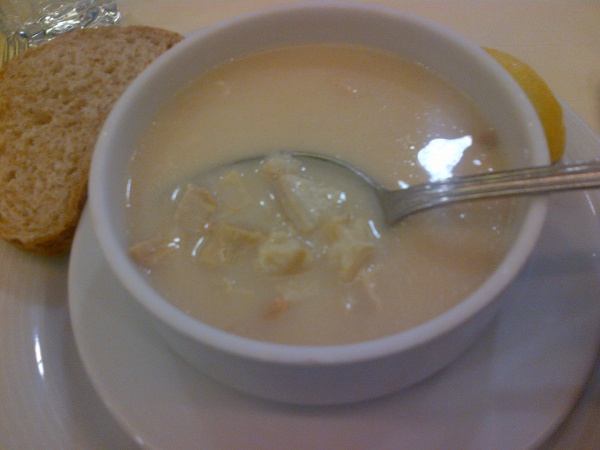Facts About Tripe soups
Tripe soup, sometimes referred to as tripe stew, is a robust dish prepared from tripe—a type of edible offal. This dish has numerous regional variations globally, each with its own distinctive twist.
In the Middle East and Southeastern Europe, tripe chorba is immensely popular and is often regarded as a reliable remedy for hangovers across Balkan, Eastern European, and Middle Eastern cuisines. In Central Europe, countries like Croatia, the Czech Republic, Germany, Hungary, Poland, and Slovakia each boast their own versions of tripe soup, characterized by unique flavors and seasonings reflective of their local culinary traditions.
Western and Southern Europe also offer their distinctive interpretations of tripe soup. French cuisine features "tripes à la mode de Caen" a rich and flavorful dish. In Italy, "trippa alla fiorentina" from Florence and "trippa alla milanese" or "busecca" from Milan highlight distinct blends of ingredients and spices.
Across the Atlantic, tripe soup holds a special place in North and South American cuisines, especially in Caribbean and Latin American kitchens where it is known as "sopa de mondongo." In Mexico, "menudo" is a renowned tripe soup made with a red chili pepper-based broth, offering a spicy and comforting meal.
In East and Southeast Asia, tripe soup also holds a cherished spot at the dining table. Chinese cuisine showcases Lanzhou-style lamian noodle soup with tripe. In Indonesia, dishes like "sekba" or "bektim" utilize pork tripe and other offal, reflecting a Chinese-Indonesian fusion. Meanwhile, the Philippines enjoys its own version of "sopa de mondongo."
Each of these regional variations brings unique ingredients and spices to create a diverse and flavorful array of tripe soups and stews savored by many around the world.

 Czech Republic
Czech Republic